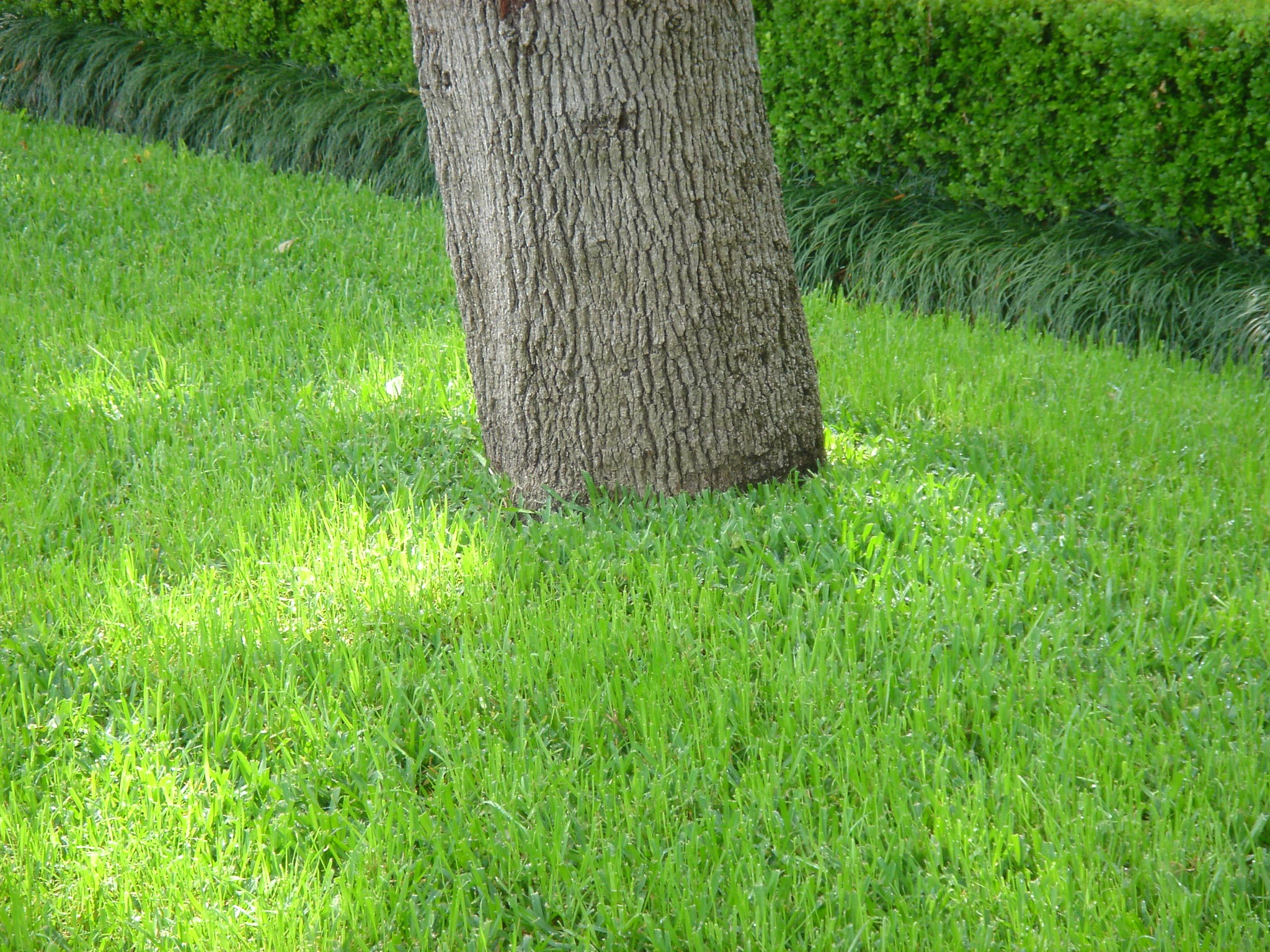When a tree is planted too deep, it can have a detrimental impact on its growth and overall health. This guide will delve into the signs of a tree planted too deep, explore proper tree planting techniques, and provide step-by-step instructions for correcting a tree that has been planted too deep.
The symptoms of a tree planted too deep can vary depending on the species, but some common signs include stunted growth, poor leaf development, and weak root systems. If left uncorrected, these issues can lead to long-term consequences, such as reduced lifespan and increased susceptibility to pests and diseases.
Signs of a Tree Planted Too Deep

When a tree is planted too deep, it can exhibit a range of symptoms that indicate distress. These symptoms can vary depending on the tree species, but some common signs include:
Stunted Growth: Trees planted too deep may experience stunted growth, as their roots are unable to access the oxygen and nutrients they need to thrive. This can result in a tree that is smaller than expected for its age and species.
Poor Leaf Development: Trees planted too deep may also have poor leaf development. The leaves may be smaller, discolored, or have brown or yellow edges. This is because the roots are unable to absorb enough water and nutrients to support healthy leaf growth.
Weak Root Systems: Trees planted too deep often have weak root systems. The roots may be shallow and spread out horizontally, rather than growing deep into the ground. This can make the tree more susceptible to wind damage and drought.
Long-Term Consequences
Leaving a tree planted too deep can have serious long-term consequences. The tree may be more likely to develop diseases or pests, and it may have a shorter lifespan. In some cases, the tree may even die.
Proper Tree Planting Techniques
To ensure optimal growth and longevity, it is crucial to plant trees at the correct depth. Proper planting techniques involve digging a hole twice as wide as the root ball and just as deep. This allows for ample space for root expansion and prevents root girdling, a condition that occurs when roots encircle the trunk and restrict growth.
Handling and Placing the Tree
- Carefully remove the tree from its container and gently loosen any circling roots. Do not cut or tear the roots.
- Place the tree in the center of the hole, ensuring that the top of the root ball is level with the surrounding soil line.
- Spread the roots out evenly in all directions, ensuring they are not bent or twisted.
- Backfill the hole with a mixture of topsoil and compost, tamping down gently to remove any air pockets.
- Water the tree thoroughly to settle the soil and promote root growth.
Correcting a Tree Planted Too Deep

Correcting a tree planted too deep involves carefully excavating the soil around the tree and lifting it to the proper depth. Here’s a step-by-step guide:
Excavating the Soil, Tree planted too deep
Carefully dig around the tree, starting from the outer edge of the root ball and working inward. Use a sharp spade or shovel and avoid damaging the roots. Dig down until you reach the root flare, which is the point where the trunk widens into the roots.
Lifting the Tree
Once the root flare is exposed, use a pry bar or lever to gently lift the tree. Place a block or piece of wood under the trunk to support it while you work. Lift the tree slowly and evenly, avoiding sudden movements that could damage the roots.
Resetting the Tree
Dig a new hole at the proper depth, which is when the root flare is at or slightly above the soil level. Place the tree in the hole and backfill with soil, tamping down gently to remove air pockets. Water the tree thoroughly to settle the soil.
Watering and Mulching
Water the tree deeply and regularly for the first few weeks after resetting. Mulch around the tree to retain moisture and suppress weeds. Keep the mulch a few inches away from the trunk to prevent rot.